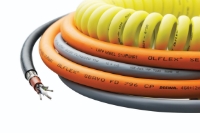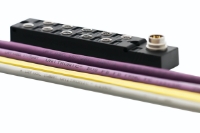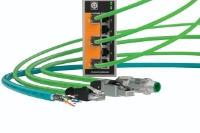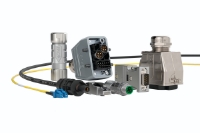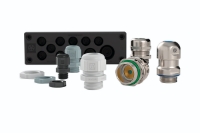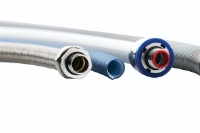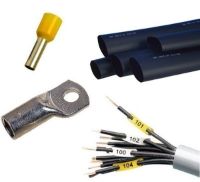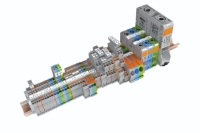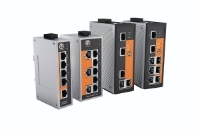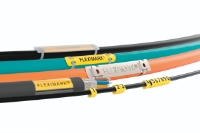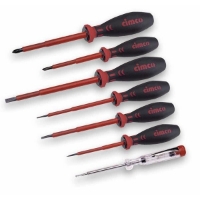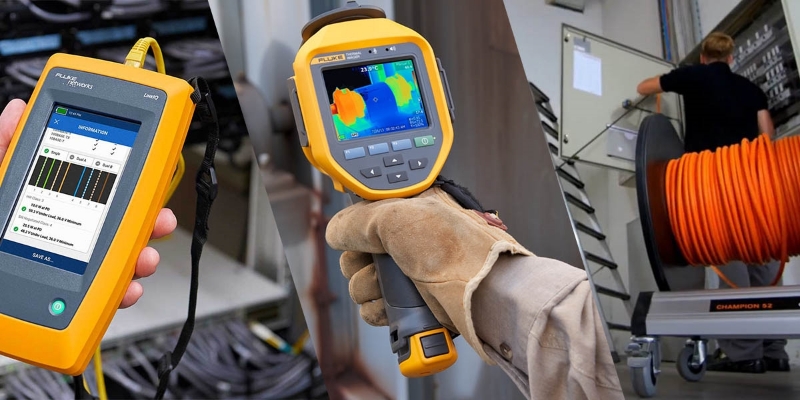Rapid advances in technology are opening up new opportunities for public transport vehicles to gain greater functionality, improving efficiency and enhancing passenger communication.
Computer hardware specialists Thoreb have a particular focus on innovative public transport solutions, and were tasked with upgrading a series of trams in Victoria.
“All vehicles, from personal cars through to trains, buses and trams, have a series of sensors and modules, so to connect these together, gather data and add functionality, there needs to be a ‘highway’ of reliable cables,” explained Ralf Otto, General Manager, Thoreb.
“For a recent tram upgrade project, we chose Lapp Australia to provide cable assemblies, because not only did they provide the quality and reliability we were seeking, but they were willing to go above and beyond to meet tight deadlines and deliver to our customer’s precise requirements.”
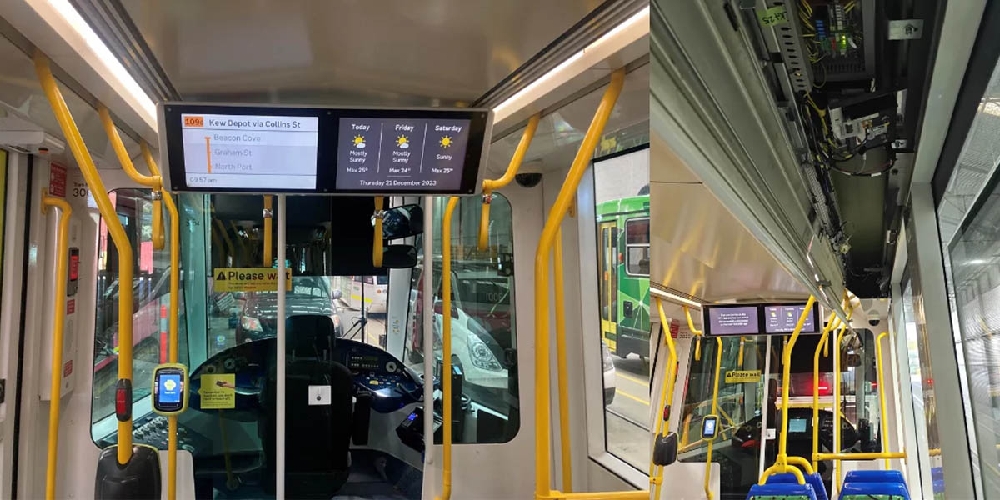
The cable assemblies, each rated with the appropriate rail certifications, were supplied by Lapp Australia’s new Harnessing Solutions division, which was set up to provide complete assemblies labelled, tested and ready to go, to save time on automation projects.
“It was the personnel at Lapp that made this project possible, from quality control through to communications and final checks, they ticked all the boxes so that we could confidently deliver to our customer,” said Otto. “Additionally, as part of our proof of concept that we needed to deliver to the customer, all cables had to be clearly packed and labelled. “This is where Lapp Australia really stood out. Each assembly features a range of cables such as network cables, power cables and earth cables, for four different classes of tram. “Each component was labelled – at each end for cables – with what tram it belongs to, what type it is and what its function is. They were then packed into kits that were clearly labelled as well. “This not only means that we can complete the installation accurately, but if we ever need to perform troubleshooting later on, we can isolate specific parts swiftly to reduce downtime.”
Examples of the functions made possible by Thoreb’s solutions using Lapp cables include:
- Vehicle signage (both inside and on the exterior of the tram) showing next destinations or communicating messages to passengers
- Passenger counters, typically installed on doors to count how many passengers enter or leave the tram, which can help better plan public transport timetables and services according to demand
- Communication with satellites, to track where each tram is located, which can be reported on real-time apps
- Traffic priority – in some cases tram operators can control upcoming traffic lights, giving them priority over cars, keeping passengers on schedule
- Tram functions, such as opening and closing doors, stop buttons for passengers to indicate for the driver to stop at the next location and anything else requiring electrical power
“With so many cables in a small space, electrical emissions could create too much noise pollution and reduce the performance of the system, or the comfort of passengers, but Lapp’s cables have electromagnetic interference shielding properties to protect against this issue,” said Otto. With tight customer deadlines, and working across state lines, with Lapp and Thoreb’s NSW head offices coordinating closely with Victorian project teams, effective communication was key to the success of this project. “Lapp kept us well informed throughout the process,” said Otto. “What we particularly liked was that they informed us if there were any delays. Some companies don’t like to deliver negative news, but we are aware that sometimes there are delays outside of their control, and learning about it as early as possible helps us plan accordingly.
“Our experience with the Lapp Australia team was that they were reliable, trustworthy and respectful. We hope to be able to work with them again on future projects.”

